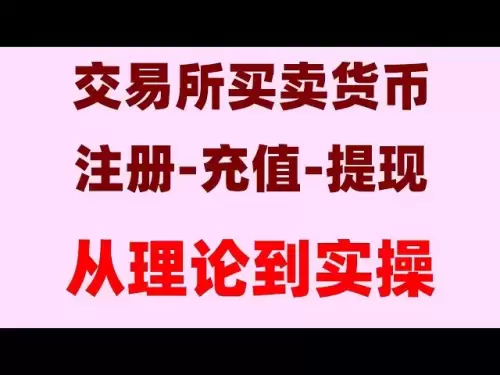 |
|
 |
|
 |
|
 |
|
 |
|
 |
|
 |
|
 |
|
 |
|
 |
|
 |
|
 |
|
 |
|
 |
|
 |
|
Cryptocurrency News Articles
Russia Bans USDT Domestic Use: New Central Bank rules exclude Tether from domestic use, citing concerns over sanctions and wallet freezes.
May 19, 2025 at 01:25 pm
As Russia tightens its grip on the crypto sector, a fresh wave of Central Bank regulations could severely affect USDT trading within the country.

In a surprising move, new regulations from the Central Bank of Russia could effectively restrict the use of USDT for domestic investors, highlighting the country’s complex crypto landscape.
As the apex bank prepares to launch its regulated crypto sandbox on May 26, it has introduced a set of rules that appear designed to exclude USDT and most other USD-backed stablecoins.
The new regulations specify that tokens from “friendly countries”—those not imposing sanctions against Russia—can be traded, and they must not be subject to blocking or deactivation by the issuer. This latter point seems to directly target Tether, which has the ability to freeze wallets and deny redemptions, actions it has taken in the past.
Following the freeze of USDT wallets last month, rumors of the stablecoin's exclusion have been swirling among crypto circles in Russia.
Mikhail Uspensky, a crypto regulatory advisor in Russia, confirmed that USDT might not meet the new requirements and would be barred from domestic circulation.
However, both experts agree that using USDT for cross-border settlements, a key focus of the sandbox, would still be legal. The sandbox is designed to let firms use crypto in global trade, but with tighter restrictions on what tokens are allowed.
"The new rules from the Bank of Russia do not leave room for the use of USDT or other dollar-linked stablecoins for domestic investors in Russia. The thinking here is that the U.S. administration may order Tether to block or seize the assets of Russian holders in response to sanctions or any cooperation request from U.S. authorities," explained Georgy Gukasyan, legal director at DRT.
"Such actions would leave Russian investors holding worthless tokens, which could create a large-scale scam. In addition, Tether's actions would be subject to U.S. law and sanctions, which could create problems for the Bank of Russia in controlling the tokens in circulation."
The central bank is also advancing two pilot programs for cross-border payments using digital assets. One leverages tokenized assets like gold under its DFA regime, now approved for international use despite the earlier-mentioned difficulties for foreigners in onboarding onto the program.
The second, launched recently, allows crypto payments for imports and exports, marking a shift in the central bank's stance.
Earlier reports stated that the bank's pilots for cross-border transactions with Uzbekistan and Tajikistan in December would use stablecoins like USDT and USDC, but later articles from Russian state media now indicate that the central bank will be focusing on its own digital ruble and BRICS Bridge for cross-border payments in local currencies.
Disclaimer:info@kdj.com
The information provided is not trading advice. kdj.com does not assume any responsibility for any investments made based on the information provided in this article. Cryptocurrencies are highly volatile and it is highly recommended that you invest with caution after thorough research!
If you believe that the content used on this website infringes your copyright, please contact us immediately (info@kdj.com) and we will delete it promptly.




























































